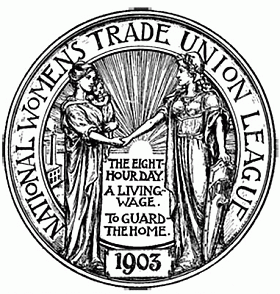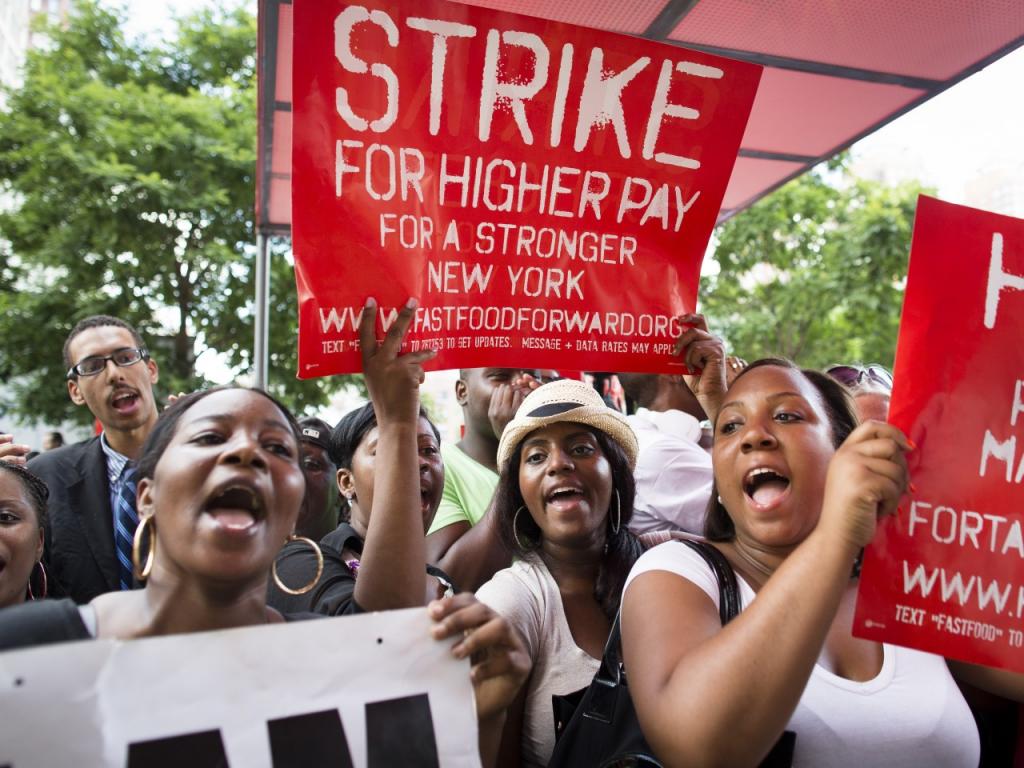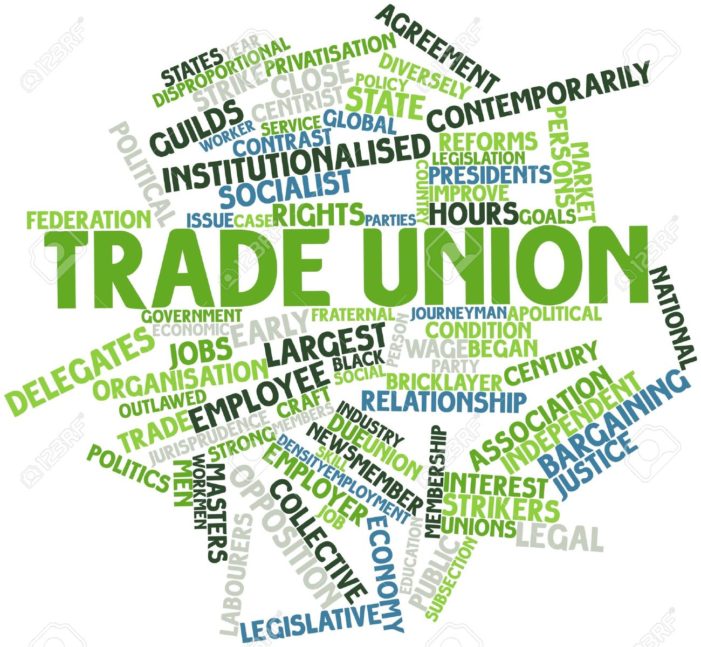Trade Unions explained in layman's terms.
- An employee organisation with the purpose of regulating employer-employee relations through collective bargaining.
Collective bargaining is a process where employer/employee organisations and trade unions negotiate with one another to achieve an agreement regarding conflicting needs, interests or goals.
Purpose of TU
Maintain and improve working conditions.
Aim of TU
o Protect members in times of retrenchments and disciplinary hearings.
o Increase the wages and benefits of members.
o Improve working conditions.
o Ensure worker’s participation in the decision making process.
o Defend the status quo.

The history of Trade Unions and current role of trade unions:
- The Trade Union movement has its origins in Great Britain.
- It was developed due to the effects of the Industrial Revolution.
- Due to the fact that workers were uneducated and illiterate, workers could not negotiate better terms of employment and they did not have power to influence employers.
- Workers realized that they had more power by forming a united front.
- Workers formed trade unions to use their collective bargaining power to negotiate better working conditions.
- Initially trade unions were not recognized by the law and employers did not want to deal with trade unions.
- The role and power of trade unions have increased considerably over recent years:
o The role of trade unions is recognized by labor laws.
o Trade unions play an important role in the economy of the country.
o Trade unions influence political and social issues such as poverty.
o Trade unions draw attention to socio-economic issues such as crime and unemployment.
The reason for the formation of TU’s:
- Poor wages and working conditions
- Wages were kept low to keep the business competitive.
- Employees worked long hours and discipline was harsh.
- Conflict of interest arose between the industrialist who wished to keep wages low and employees who couldn’t improve their standard of living despite spending many hours at work and working very hard.
- Workers were dependent on their jobs, yet they couldn’t save due to low wages.
- Workers weren’t protected against abusive employees.
- Labor became a commodity
- Labor could be bought or sold and little consideration was given to the rights of the worker.
- Jobs were broken up in individual tasks
- These tasks were carried out by low paid, unskilled workers.
- Due to mass production, work became boring and repetitive.
Role and function of Trade Unions:
-- Roles and objectives:
o Aims at improving working conditions and terms of employment.
o Wants employees to take part in decision making processes.
o Ensures that workers are treated fairly at work.
o Strives to ensure that workers get a fair share of wealth generated by the business enterprise.
o Aims at improving social security.
o Achieve greater control over the management of employment relationships.
o Resolves grievances and disputes in the workplace.
o Aims to prevent retrenchment.
- Functions:
o Represent people at work.
o Lobby with government and other decision makers to ensure the best possible deal for workers.
o Take part in collective bargaining processes.
o Protect the rights of members in the workplace.
o Negotiate equitable wages and benefits.
o Support gender equality.
o Provide and restructure medical aids.
o Access pension and provident funds.
Strikes:
- Strikes take place when workers refuse to work.
- The most common reasons for strikes and wages, working hours and working conditions.
- Every worker has the right to strike and every employer has the right to lock out if:
o The dispute as been referred to a council, or the CCMA
o A certificate that states that a dispute remains unresolved has been issued.
o 30 days have elapsed since the referral.
o 48 hours’ written notice of a strike has been given to a council, the CCMA, or an employers’ organisation
o 48 hours’ written notice of a lockout has been given to a trade union, the workers or a council.

- Different types of strikes:
o Go-slow – Employees show up at work, work very slowly and produce less than usual.
o Sympathy strike – Members of other trade unions, who are not in dispute with their employer, join in on a strike to support workers who are in dispute with their employer.
o Sit-down strike – Employees show up at work, but refuse to do any work.
o Wildcat strike – against the law – takes place without any warning.
o Work to rule – workers cause a decrease in production by doing only the minimum of what is expected of them, according to the rules of the workplace.
o Lockout – Employees are locked out by their employer and refused entry to their workplace.

Congratulations @morganvn! You have completed some achievement on Steemit and have been rewarded with new badge(s) :
Click on any badge to view your own Board of Honor on SteemitBoard.
For more information about SteemitBoard, click here
If you no longer want to receive notifications, reply to this comment with the word
STOP